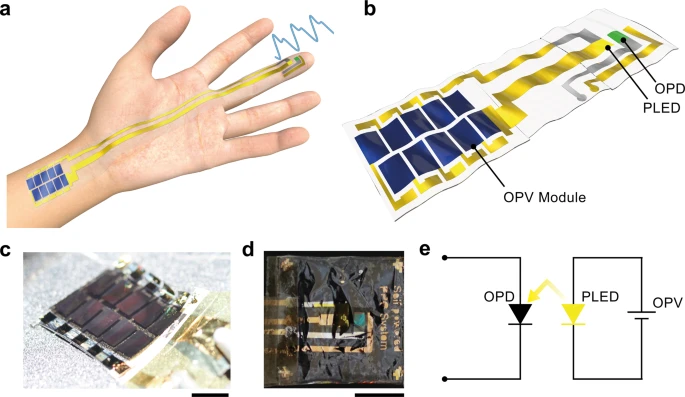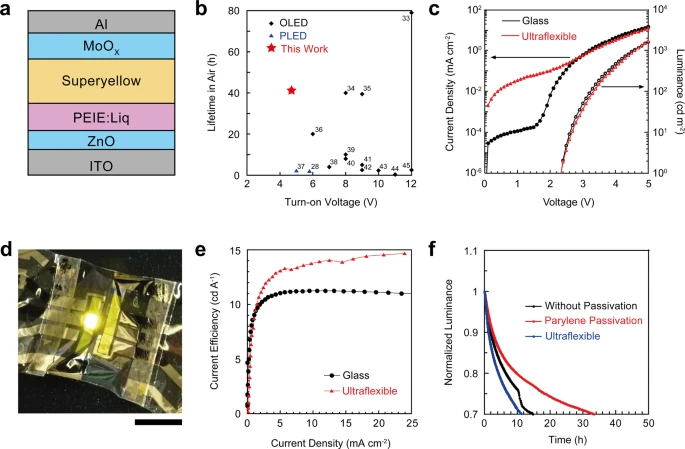

The University of Tokyo: Developed highly durable nanosheets: Reduced burden on the skin
-Successful one-week electrocardiographic measurement with skin-attached electrodes-
September 07, 2021
University of Tokyo:
The features of highly durable nanosheets are as follows.
◆ Developed the world’s lightest skin-attached electrode
By attaching electrodes to the skin for one week, we succeeded in measuring the electrocardiogram with high accuracy.
◆ Electrodes are made on elastic nanosheets
The electrodes are ultra-thin, highly durable, highly adhesive, and breathable.
It was attached to the skin without using an adhesive that easily causes skin inflammation, and the burden on the skin could be significantly reduced.
◆ Long-term measurement of health condition is possible.
In the future, it is expected to be applied to wearable devices for early detection of diseases in the medical field.
Results of this research:
It will be published in the online version of the American scientific journal “National Academy of Sciences Bulletin” on September 6, 2021 (US time).
Nihon Keizai Shimbun
https://www.nikkei.com/article/DGXLRSP617186_S1A900C2000000/
Self-powered ultraflexible photonic skin for continuous bio-signal detection via air-operation-stable polymer light-emitting diodes
Ultraflexible optical devices
have been used extensively in next-generation wearable electronics owing to their excellent conformability to human skins.
Long-term health monitoring
also requires the integration of ultraflexible optical devices with an energy-harvesting power source; to make devices self-powered.
However, system-level integration of ultraflexible optical sensors with power sources
is challenging because of insufficient air operational stability of ultraflexible polymer light-emitting diodes.
Here we develop an ultraflexible self-powered organic optical system
for photoplethysmogram monitoring by combining air-operation-stable polymer light-emitting diodes, organic solar cells, and organic photodetectors.
Adopting an inverted structure and a doped polyethylenimine ethoxylated layer, ultraflexible polymer light-emitting diodes retain 70% of the initial luminance even after 11.3 h of operation under air.
Also, integrated optical sensors
exhibit a high linearity with the light intensity exponent of 0.98 by polymer light-emitting diode.
Such self-powered, ultraflexible photoplethysmogram sensors perform monitoring of blood pulse signals as 77 beats per minute.
Nature Communications